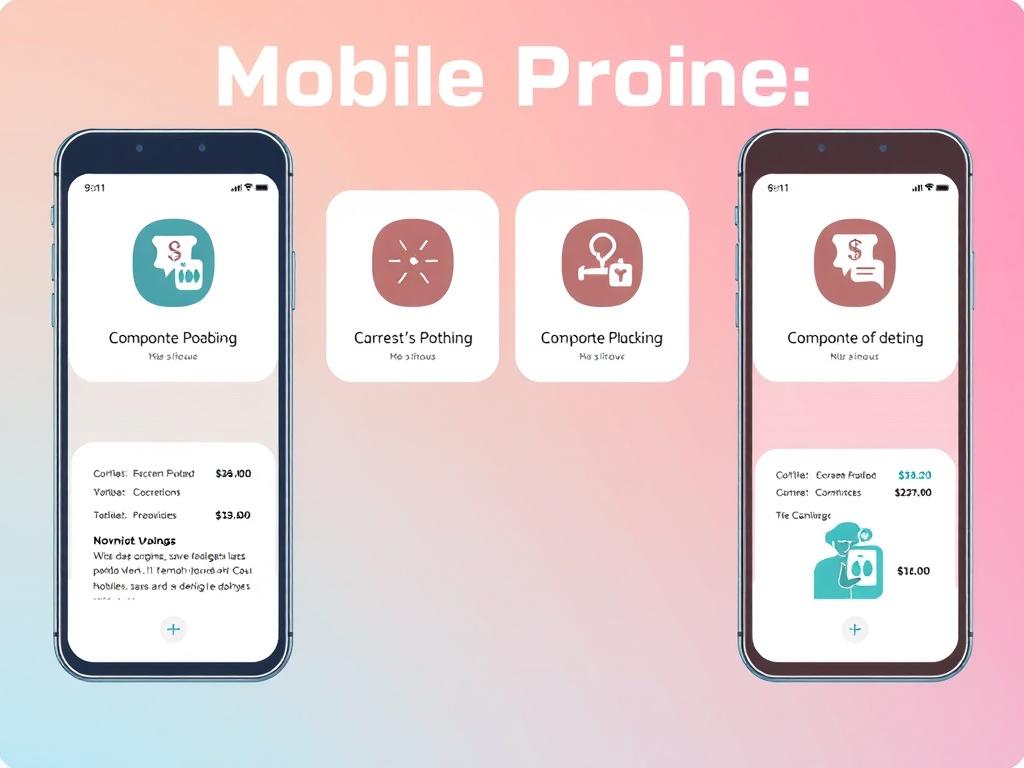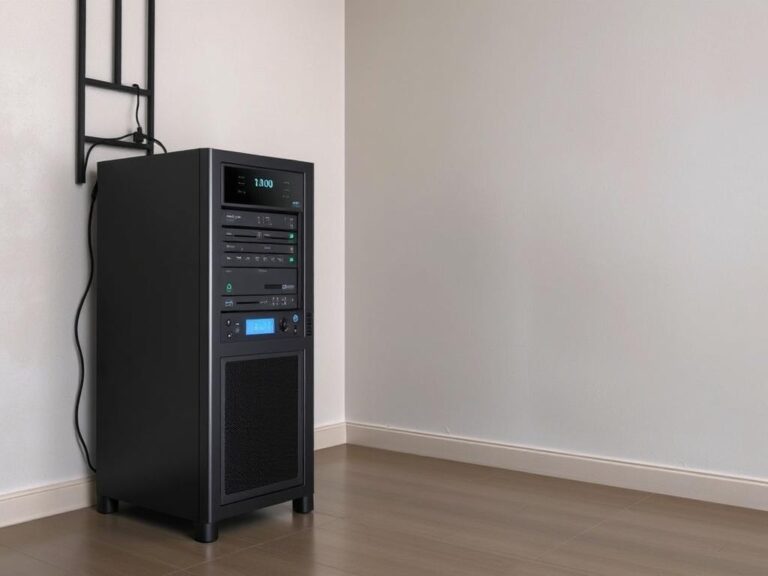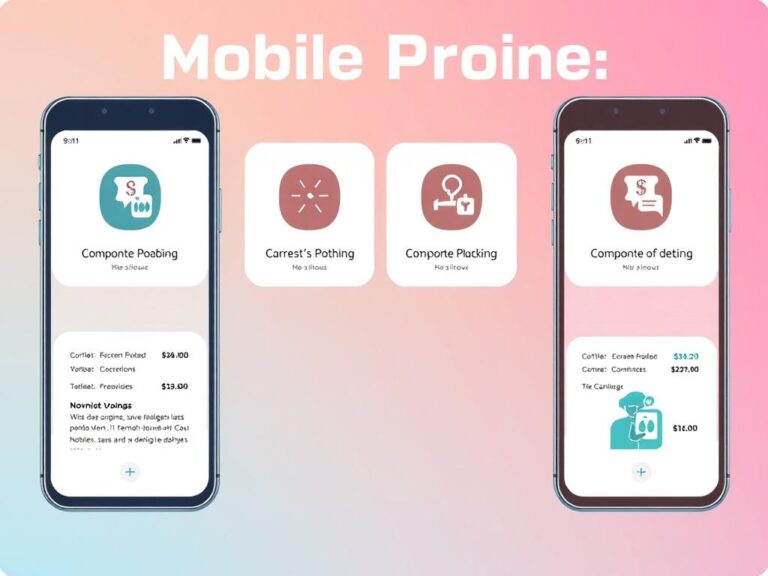
Mobile proxies sit at the intersection of privacy, reliability, and modern web access. They route your internet traffic through IP addresses assigned by mobile carriers, which makes the request look like it comes from a real smartphone on a cellular network. That simple distinction changes how websites, platforms, and detection systems treat the traffic. If you’ve ever wondered why some accounts are harder to flag, or why some scraping looks more “human,” mobile proxies are often the secret ingredient. This article explains what mobile proxies do, why people use them, what to watch out for, and how to pick a provider without getting lost in buzzwords. On the site https://proxy-solutions.net/en/services/mobile_proxy you will learn more about mobile proxies.
What Exactly Is a Mobile Proxy?
A mobile proxy uses IP addresses issued by mobile carriers. Instead of using a data center’s static IP or a home broadband address, your request is forwarded through a device or pool of addresses tied to 3G, 4G, or 5G networks. To an external service, the traffic appears to come from a phone on a carrier network rather than from a server in a rack. That distinction matters because many websites and services treat carrier-assigned IPs differently; they often have a higher trust score or at least behave like ordinary end-user traffic.
How Mobile Proxies Work — Conceptually
You don’t need deep technical details to grasp the mechanics. Here’s the essence:
- Client sends a request to the proxy provider.
- The provider routes the request through a mobile carrier IP — often via SIM-equipped devices or carrier gateways.
- The target site receives the request appearing to originate from a real mobile device.
- The response travels back through the proxy to your client.
Think of the proxy as a courier who borrows a phone number to place a call on your behalf. The phone number isn’t yours, but the call looks like it comes from a normal handset.
Types of Mobile Proxies
Not all mobile proxies are the same. Here are common variants:
- SIM-based proxies: Real SIM cards in physical or virtual devices route traffic via carrier networks.
- Carrier gateway proxies: Use carrier infrastructure or partnerships to issue carrier IPs without physical SIMs.
- Rotating mobile proxies: The IP changes frequently, cycling through a pool of mobile addresses.
- Sticky mobile proxies: IPs remain constant for a session or a set duration, useful when continuity matters.
Why People Choose Mobile Proxies
Mobile proxies offer advantages that matter in certain contexts. Here are the key benefits:
- Higher perceived legitimacy: Carrier IPs are treated like ordinary mobile users, reducing the chance of immediate blocks.
- Broad geographic reach: Mobile IPs can represent many regions and MNOs (mobile network operators), helpful for geo-specific testing.
- Rotation flexibility: Providers can rotate IPs frequently, which is useful for tasks that require many unique endpoints.
- Use-case fit: For sensitive tasks like ad verification, social media account management, or market research that must mimic real mobile behavior, mobile proxies are often a better match than datacenter IPs.
Limitations and Trade-offs
No solution is perfect. Mobile proxies bring trade-offs you should weigh:
- Cost: Mobile carrier IPs are scarcer and typically more expensive than datacenter or residential proxies.
- Throughput: Cellular networks have variable latency and bandwidth; peak times can introduce delays.
- Session consistency: Some mobile proxies rotate IPs rapidly, which can break sessions or trigger re-authentication on the target site.
- Provider reliability: Quality varies greatly; cheap providers may reuse IPs excessively or fail to disclose the IP sourcing method.
Mobile vs Residential vs Datacenter — Quick Comparison
| Feature | Mobile Proxies | Residential Proxies | Datacenter Proxies |
|---|---|---|---|
| IP origin | Carrier-assigned, mobile networks | Home broadband IPs | Server farm IPs, not tied to ISPs |
| Trust level | High for mobile-like traffic | Moderate to high | Lower, often flagged |
| Cost | Highest | Medium | Lowest |
| Speed and stability | Variable, dependent on cellular network | Generally stable | Fast and consistent |
| Best for | Mobile-first testing, ad verification, social platforms | General user-simulation, lower-risk scraping | High-volume crawling where detection is less strict |
Common Use Cases
Mobile proxies are not a silver bullet, but they shine in scenarios where appearing as a mobile user matters:
- Ad verification: Confirming that mobile ads display correctly in different regions and carriers.
- Social media management: Managing multiple mobile-first accounts where mobile-originating traffic reduces friction.
- Localized testing: Viewing content as users in specific regions on mobile carriers.
- Price and inventory monitoring: Checking mobile-targeted offers or apps that serve different content to mobile devices.

Avoid thinking of proxies solely as a tool to “beat” systems. They serve legitimate testing and research needs, but can also be abused. Keep ethics and legality front of mind.
Legal and Ethical Considerations
Using mobile proxies can be legal and appropriate, but it depends on context. Respect terms of service, copyright, and privacy laws. Key points to consider:
- Read platform terms: Some services explicitly prohibit proxy usage; violating terms can lead to account suspension.
- Avoid impersonation: Representing yourself as someone else or automating actions that harm other users crosses ethical lines and often legal ones.
- Data protection: If your activities involve personal data, ensure compliance with applicable regulations like GDPR or CCPA.
If you’re unsure whether a planned use is acceptable, seek legal advice rather than guesswork.
How to Evaluate Mobile Proxy Providers
Choosing a provider requires focusing on measurable factors, not marketing promises. Here’s a short checklist to help compare options:
- Source transparency: How do they obtain IPs — SIM farms, carrier partnerships, or synthetic gateways?
- IP pool size and diversity: Look for large pools across carriers and regions.
- Rotation options: Can you select sticky vs rotating IPs and control rotation frequency?
- Performance metrics: Ask for latency, uptime stats, and bandwidth limits.
- Pricing model: Is it per IP, bandwidth-based, or subscription? Pick what matches your usage pattern.
- Support and SLAs: Responsive support and clear service level agreements matter when issues impact workflows.
- Trial availability: A trial or money-back window lets you validate the service before committing.
What Pricing Looks Like
Pricing varies widely. Typical models include:
- Per-port or per-IP subscriptions: You pay for a fixed number of IPs or ports.
- Bandwidth-based: Charges depend on data transferred.
- Request-based or session-based: Less common, based on the number of requests or sessions.
Always map pricing to your expected usage. A cheap bandwidth plan might balloon in cost if your tasks involve heavy media downloads.
Security and Privacy Tips
Security isn’t automatic just because traffic goes through a proxy. Keep these points in mind:
- Use HTTPS end-to-end: Ensure the connection to the target is encrypted so intermediaries can’t see content in clear text.
- Limit credential exposure: Avoid sending sensitive login data through untrusted proxies whenever possible.
- Audit provider policies: Examine their logging, retention, and data handling practices.
- Rotate credentials when needed: If accounts or sessions are tied to proxy addresses, be ready to update or revoke access.
Red Flags When Choosing a Provider
Watch out for providers that:
- Offer unrealistically low prices for “mobile” IPs.
- Refuse to disclose how they source IPs, or provide vague answers.
- Have poor or non-existent customer support.
- Fail to offer trials or refund options.
Skepticism pays off. If a deal is too good, the IPs might be recycled, blacklisted, or obtained in questionable ways.
Integrations and Practical Considerations
Consider how proxies fit into your tools and workflows:
- API access: A REST or SOCKS interface makes automation easier.
- Session management: If your task requires login persistence, sticky sessions help.
- Concurrency limits: Check how many concurrent connections the provider allows.
- Geotargeting: Clear region and carrier selection speeds up testing targeted at specific audiences.
Test the provider with a representative workload rather than assuming lab results will match real conditions.
When Mobile Proxies Are Not the Right Choice
There are situations where another proxy type or a different approach is better:
- High-volume crawling where speed and cost efficiency matter — datacenter proxies often win here.
- Tasks that don’t need mobile-origin traffic — residential proxies may be cheaper and sufficient.
- When strict compliance requirements demand full control of infrastructure — hosting your own systems might be preferable.
Conclusion
Mobile proxies provide a useful, sometimes essential way to present traffic as coming from real carrier networks, which helps in mobile-focused testing, ad verification, and certain types of account management. They cost more and behave differently from datacenter alternatives, so choose based on clear requirements: IP diversity, rotation control, performance expectations, and legal constraints. Test providers thoroughly, prioritize transparency and support, and use mobile proxies as one tool among many rather than a universal fix. With careful selection and responsible use, they can make many mobile-oriented tasks far more reliable.





Recent Comments